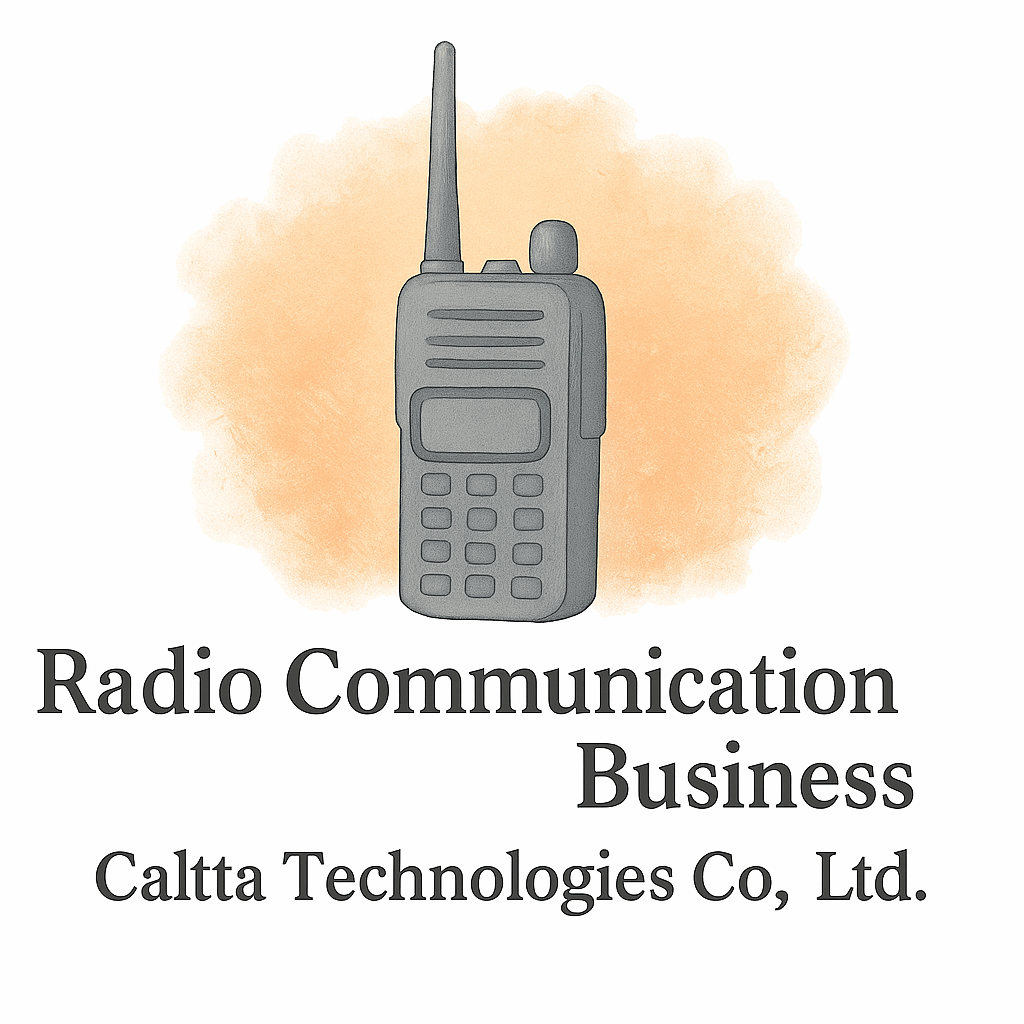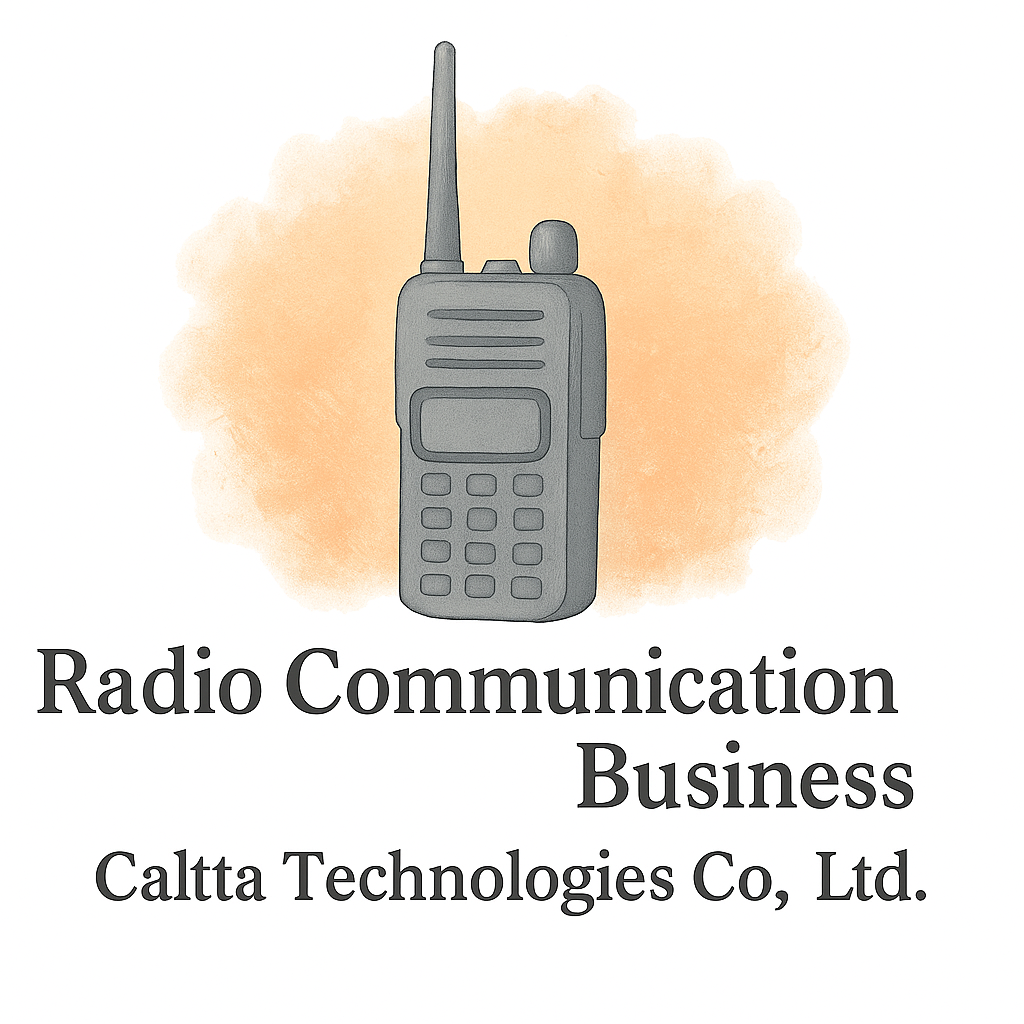Introduction to Radio Communication Apps
In today’s fast-moving world, responders—from firefighters to emergency medical technicians—rely on more than just traditional radios. Radio communication apps have become essential tools, combining the convenience of smartphones with the functionality of push-to-talk radios. These apps are reliable, flexible, and often more cost-effective than traditional communication systems.
Whether you’re managing a team in disaster relief or coordinating responders in everyday emergencies, the right app can make the difference between smooth communication and costly delays.
Why Radio Communication Apps Matter for Responders
Quick, Reliable, and Accessible Communication
Emergencies don’t wait. Responders need tools that allow them to communicate instantly, no matter where they are. Radio communication apps deliver exactly that—instant voice transmission at the push of a button.
Cost-Saving Alternatives to Traditional Radios
Traditional handheld radios can be expensive, especially for large teams. With mobile apps, responders can use existing devices, cutting costs without sacrificing performance. Check out cost-saving tips for teams looking to optimize budgets.
Integration with Modern Technology
Unlike traditional radios, apps can integrate with GPS, data-sharing platforms, and even equipment and technology, providing responders with more than just voice communication.
How to Choose the Right Radio Communication App
Ease of Use and Compatibility
A communication app is only as good as its usability. Responders should look for apps that work across multiple devices and operating systems.
Compliance and Security Considerations
Not all apps are built with compliance in mind. For responders handling sensitive data, security and regulation must be a top priority.
Scalability for Teams and Organizations
Some teams may start small but grow rapidly. Choosing scalable apps prevents the need to constantly switch platforms.
9 Radio Communication Apps Every Responder Should Know
1. Zello: The Push-to-Talk Leader
Key Features of Zello
Zello is one of the most popular radio communication apps because of its instant push-to-talk (PTT) functionality, offline channels, and ability to handle thousands of users.
Best Use Cases for Responders
Zello works well for disaster relief organizations, volunteer groups, and even large-scale event management.
2. Voxer: Messaging Meets Walkie-Talkie
Features That Make Voxer Stand Out
Voxer combines live voice communication with text and multimedia messaging. It even includes message replay, which is a lifesaver in chaotic situations.
Ideal Scenarios for Emergency Use
Perfect for urban responders who need to share maps, images, or instructions alongside voice messages.
3. ESChat: Enterprise Secure Push-to-Talk
Security and Compliance Benefits
ESChat provides military-grade encryption, making it one of the safest apps for responders dealing with sensitive missions.
Why It Works for First Responders
Its reliability in both cellular and Wi-Fi environments makes it ideal for firefighters, police, and medical teams.
4. Orion: AI-Powered Radio Communication
Smart Features for Teams
Orion brings artificial intelligence into communication. Features like transcription and command automation boost productivity.
Application in Critical Missions
Teams can automate updates or alerts, helping responders focus more on the task at hand than on manual communication.

5. Two Way: Simple and Reliable Communication
Lightweight Functionality
Two Way is a minimalist app that functions almost like a walkie-talkie with fewer distractions.
Perfect for Small Teams
Best for volunteer groups or small teams who want reliability without a steep learning curve.
6. Wave (Motorola Solutions): Professional-Grade App
Features Tailored to Responders
Wave by Motorola provides secure communication with nationwide coverage. It allows integration with existing Motorola radios, bridging old and new tech.
Integration with Equipment
It pairs well with business setup that already uses Motorola hardware, offering a seamless transition.
7. Walkie-Talkie App for iOS and Android
User-Friendly Features
This app provides simple push-to-talk features directly on smartphones, with no need for extra equipment.
Limitations to Keep in Mind
While convenient, it may lack advanced features needed for complex operations.
8. TeamTalk: For Large-Scale Coordination
Flexible Team Channels
TeamTalk offers multiple channels, allowing large organizations to separate communication streams for different tasks.
Use in Disaster Response
This app shines when coordination is needed across multiple groups and regions.
9. HeyTell: Lightweight, Fast, and Efficient
Features That Simplify Communication
HeyTell focuses on speed, letting users send short voice messages instantly.
Everyday Emergency Applications
Great for paramedics or first responders needing to exchange quick updates without delays.
Benefits of Using Radio Communication Apps for Responders
Faster Response Times
When every second matters, instant communication speeds up decision-making.
Enhanced Coordination Among Teams
Apps allow responders to share voice, images, and even GPS data, ensuring everyone stays aligned.
Lower Operational Costs
Teams save money by using smartphones and budget-friendly apps rather than investing in expensive hardware.
Common Mistakes to Avoid When Using Communication Apps
Ignoring Compliance and Regulations
Failure to follow compliance rules could lead to fines or unsafe practices.
Overlooking Training and Team Setup
Apps are only effective if teams know how to use them. Training is crucial.
Relying on Just One Tool
Smart responders always have a backup plan—don’t rely solely on one app.
Tips for Maximizing Radio Communication Apps
Combine Apps with Proper Equipment
Pairing apps with professional equipment ensures better reliability.
Train Teams Regularly
Regular drills keep responders familiar with the apps.
Keep Security a Priority
Stay updated with the latest app versions and follow best practices to protect sensitive information.
The Future of Radio Communication Technology
AI and Automation
Future apps may use AI for predictive alerts, helping responders act before emergencies escalate.
Integration with Smart Devices and IoT
Imagine radios synced with drones, sensors, and industry platforms for complete situational awareness.
Conclusion
The world of radio communication apps is transforming how responders operate. From instant push-to-talk options like Zello to secure enterprise solutions like ESChat, each app brings something unique to the table. Choosing the right app depends on your team’s size, needs, and compliance requirements.
With the right tools, responders can cut costs, speed up response times, and improve overall safety. To explore more about business tools and technology for effective operations, visit Caltta International.
FAQs
1. What is the best radio communication app for large responder teams?
TeamTalk and Zello are excellent choices because of their scalability and ability to handle thousands of users.
2. Are radio communication apps secure enough for first responders?
Yes, apps like ESChat offer military-grade encryption to ensure compliance and data protection.
3. Can these apps replace traditional radios?
In many cases, yes. But for redundancy, responders often use both radios and apps together.
4. Do these apps work offline?
Some, like Zello, allow limited offline use with preloaded channels, but most require internet connectivity.
5. How do responders choose the right app?
They should consider team size, budget, compliance, and integration needs.
6. Are these apps cost-effective compared to radios?
Absolutely. They cut hardware costs and often work with devices teams already own.
7. What future trends should responders expect in communication apps?
Expect AI-powered automation, IoT integration, and enhanced compliance features.


